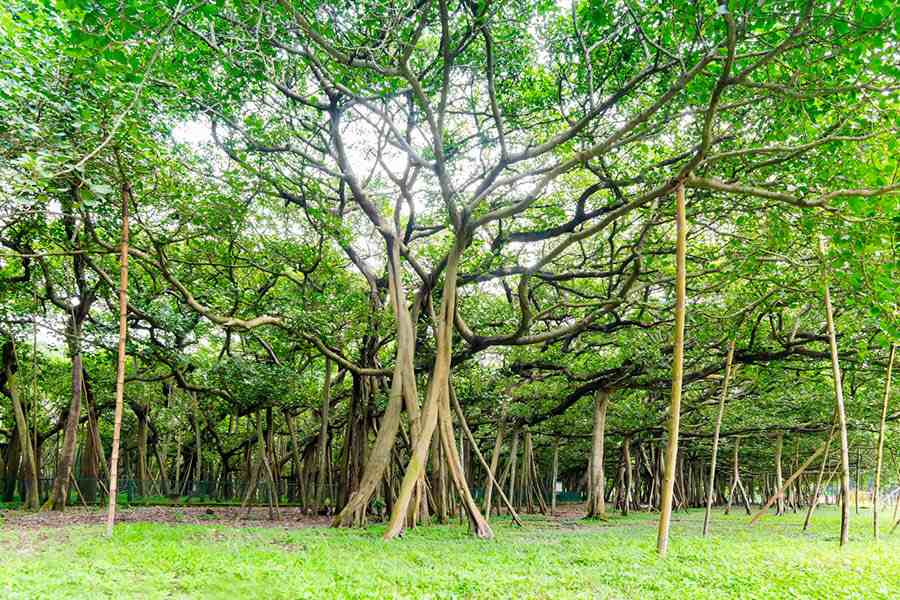Kolkata isn’t just about the new Metro, the old yellow cabs or the Howrah Bridge and the Victoria Memorial. It is also flush with trees that line its lanes and beautify its parks. This World Environment Day, My Kolkata looks at the verdant trees that keep our paras green.
Swapna Biswas is a field personnel who conducts biodiversity surveys and tree transplantations for Kolkata-based wildlife conservation NGO Nature Mates. She believes that Kolkata’s weather is very conducive for moist evergreen and deciduous trees. Because of this, it also enables the growth of certain trees that normally aren’t found in this part of the country.
“Both Central Park in Salt Lake and the AJC Bose Botanical Garden house the rare Duabanga grandiflora tree, which is typically only found in the mountains. The water bodies in both these spaces enable its growth,” she says.
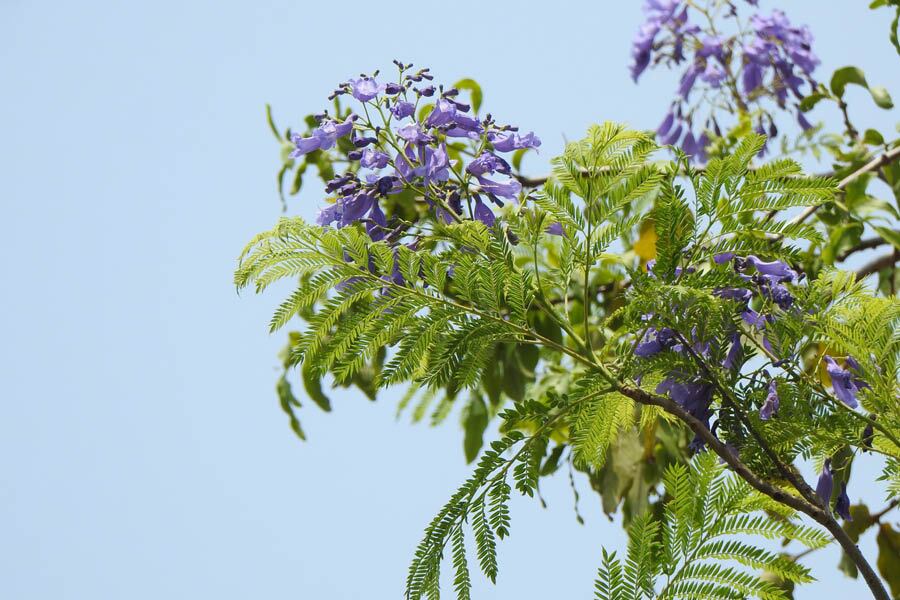
In addition to the iconic red Krishnachura tree, Kolkata also has Neel Krishnachuras that pop with a unique shade of blue Swapna Biswas
Biswas also adds the Baobab Tree, aka Adansonia digitata, to the list, which is largely restricted to desert regions. “These trees retain water, making their trunks huge in size and weight, while sprouting big canopies. While rare, you can find them at the entry of Tollygunge Club,” she informs.
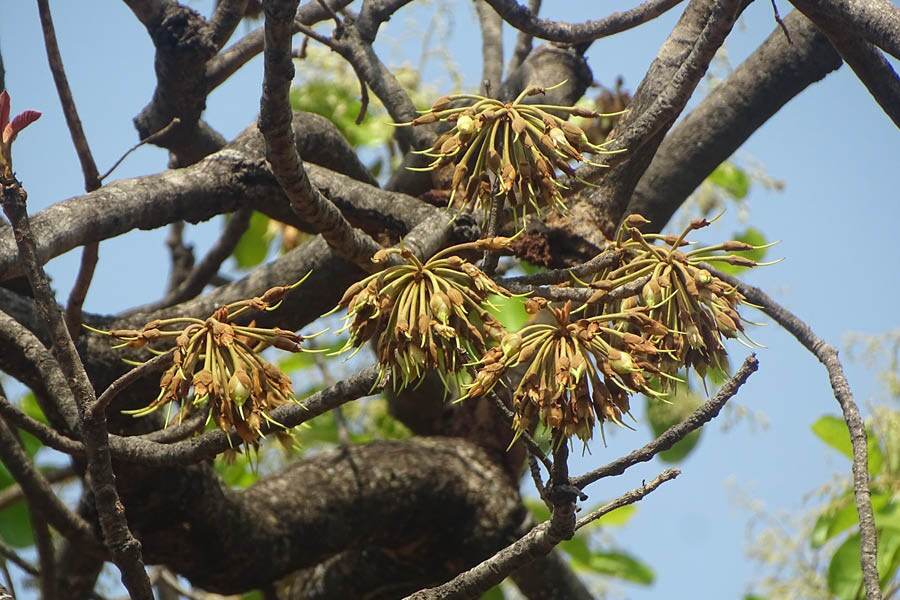
The Buttercup Tree is present in parks around the city, including Eden Gardens Swapna Biswas
Having conducted surveys in both Rabindra Sarobar and Central Park, she deemed diversity to be the parks’ greatest strength. “Sarobar had over 250 types of trees when I surveyed it, and the list may be longer now. The space is like a melting pot for trees from around the country. I have a particular fondness for the three old Kusum trees there, which are normally seen in deciduous forests.” Her survey in Salt Lake’s Central Park acquainted her with over 450 kinds of plants, herbs and trees.
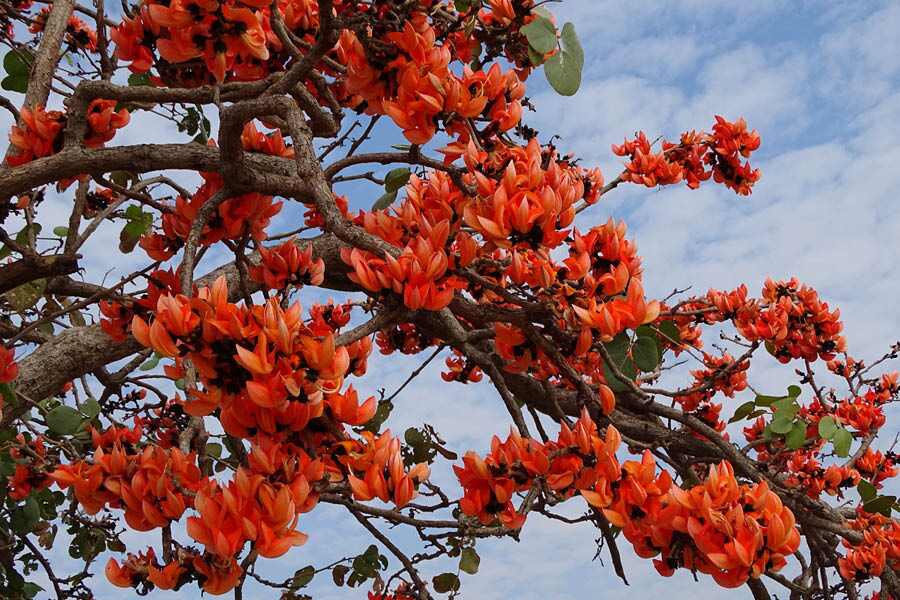
Butea monosperma, aka Palash, is present throughout the city and considered sacred in Hinduism Swapna Biswas
Debjit Mukherjee, the founder of Trees of Kolkata website, finds poetry in avenue trees, with the interplay between Radhachura and Krishnachura. “While the former sprouts yellow flowers, the latter bears red ones. The meshing of these two colours is what brings the symbolism of Radha-Krishna in their names. Both of these carpet the road with their flowers and provide great shade, but are also fairly susceptible to storms,” he explains, urging people to spot their magic inside Rabindra Sarobar. Trees of Kolkata also has an exhaustive article about avenue trees.
Much like Biswas, Mukherjee’s enthusiasm also comes from Rabindra Sarobar. “I always assumed that I knew extensively about trees. In 2017, I decided to do a short survey at Lake, and realised I only knew 30% of the trees there! Now, I organise a tree walk there,” he beams.
He also has a fondness for trees that have a distinct smell. “The Kanak Champa is one of my favourites. It flowers in March and emanates such a sweet smell that you can catch a waft from 50 yards away!”
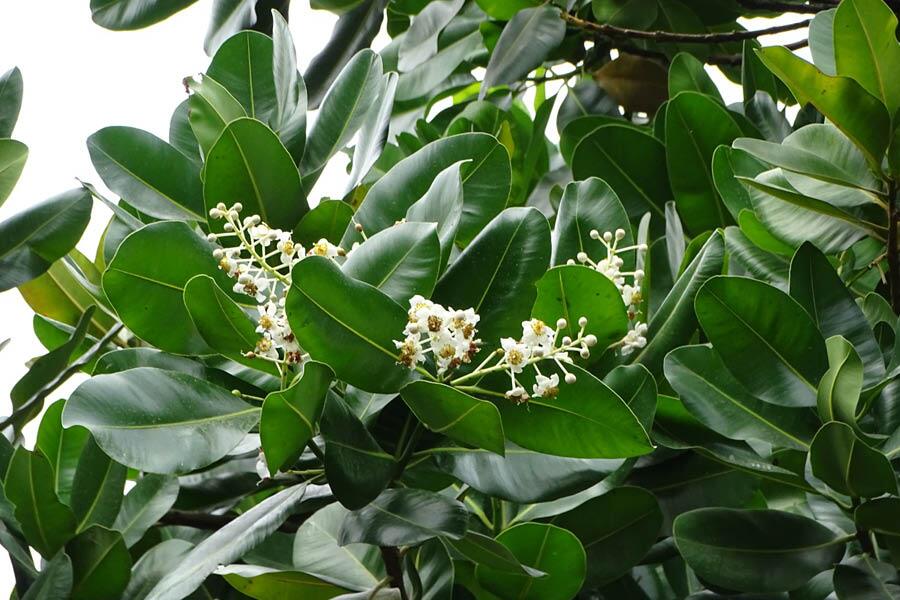
The Sultan Champa has a sweet smell that just lasts for one day! Swapna Biswas
Biswas reveals that most plants in the Botanical Garden are not Indian, and were brought by settlers from different countries. Any mention of the park would be incomplete without talking about The Great Banyan, which has survived three great cyclones and the removal of its main trunk in its lifespan of over 250 years. Also, not many know of the existence of the Candle tree and the Buttercup tree in Eden Gardens.
Biswas further eliminates the myth behind the floral trees that line New Town, clarifying that they aren’t cherry blossoms. “The purple-pink trees that have been planted in the centre of the streets of New Town are actually the uncommon Tabebuia rosea. While beautiful, it is posing a problem because of its tendency to germinate wherever the seeds fall.”
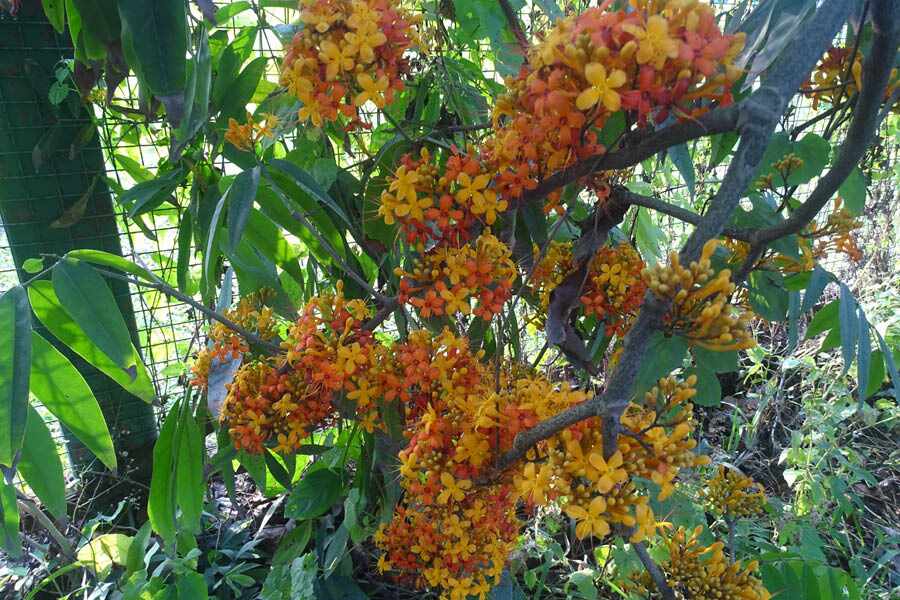
The Ashoka Tree is one of the most common sightings in the city, and is found across home gardens, parks and avenues Swapna Biswas
Mukherjee chuckles as he talks about a similar plight of wild mango trees, which grow everywhere the seed falls. He clarifies that popular breeds like Himsagar and Langda are never found within the city, as they are generally grown only in orchards. The problem of where to plant a tree extends to the entire city. “The recommended green cover and tree ratio for a city is at least 12-15%, but we are constantly losing out on space. Hence, we must select plants very judiciously while considering local biodiversity,” signs off Biswas.
